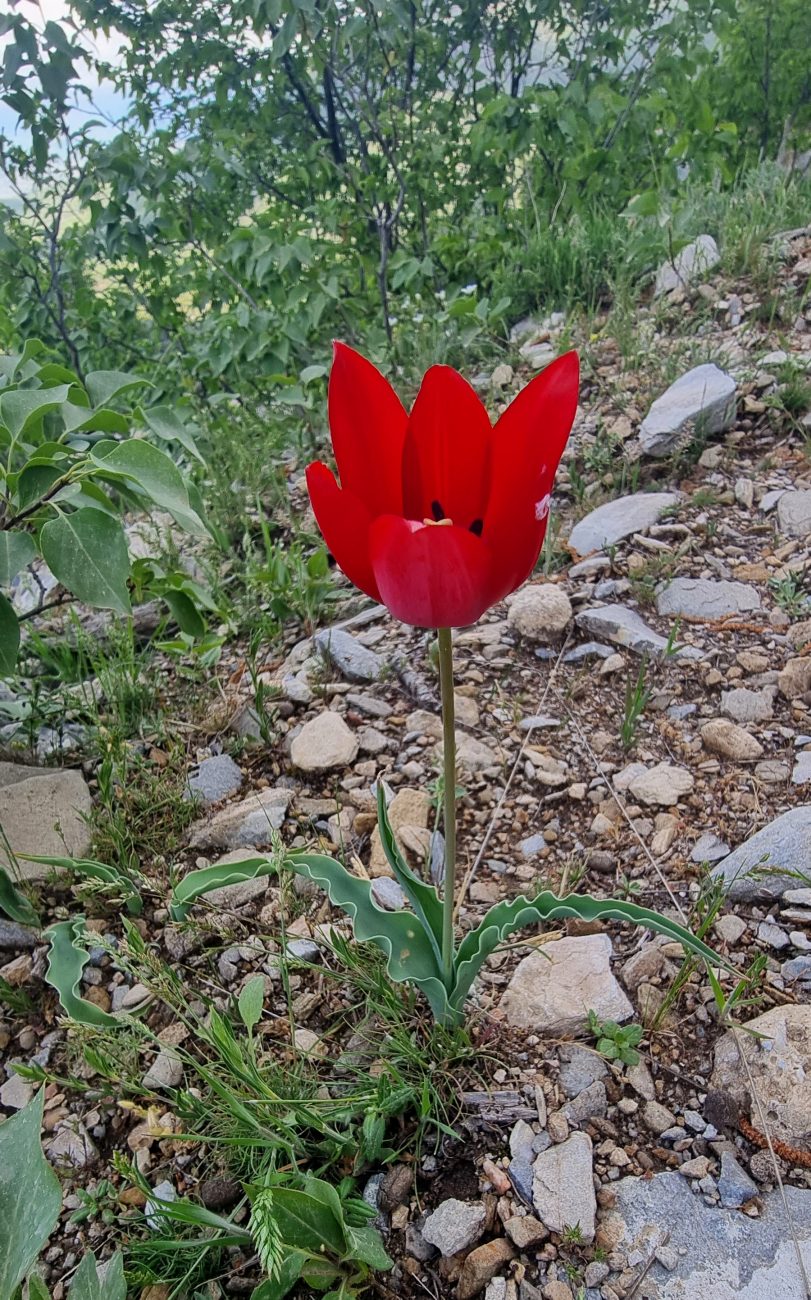
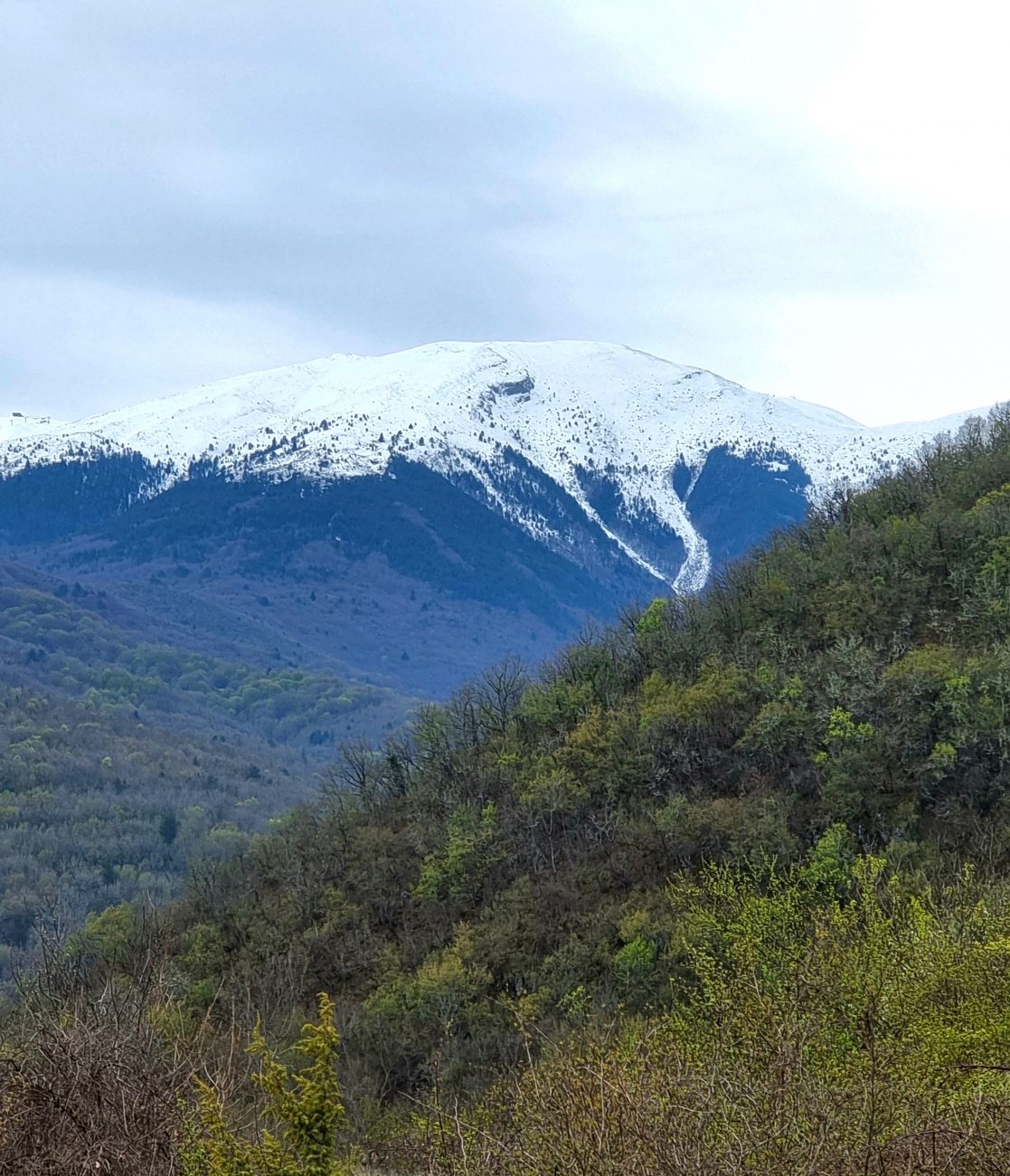
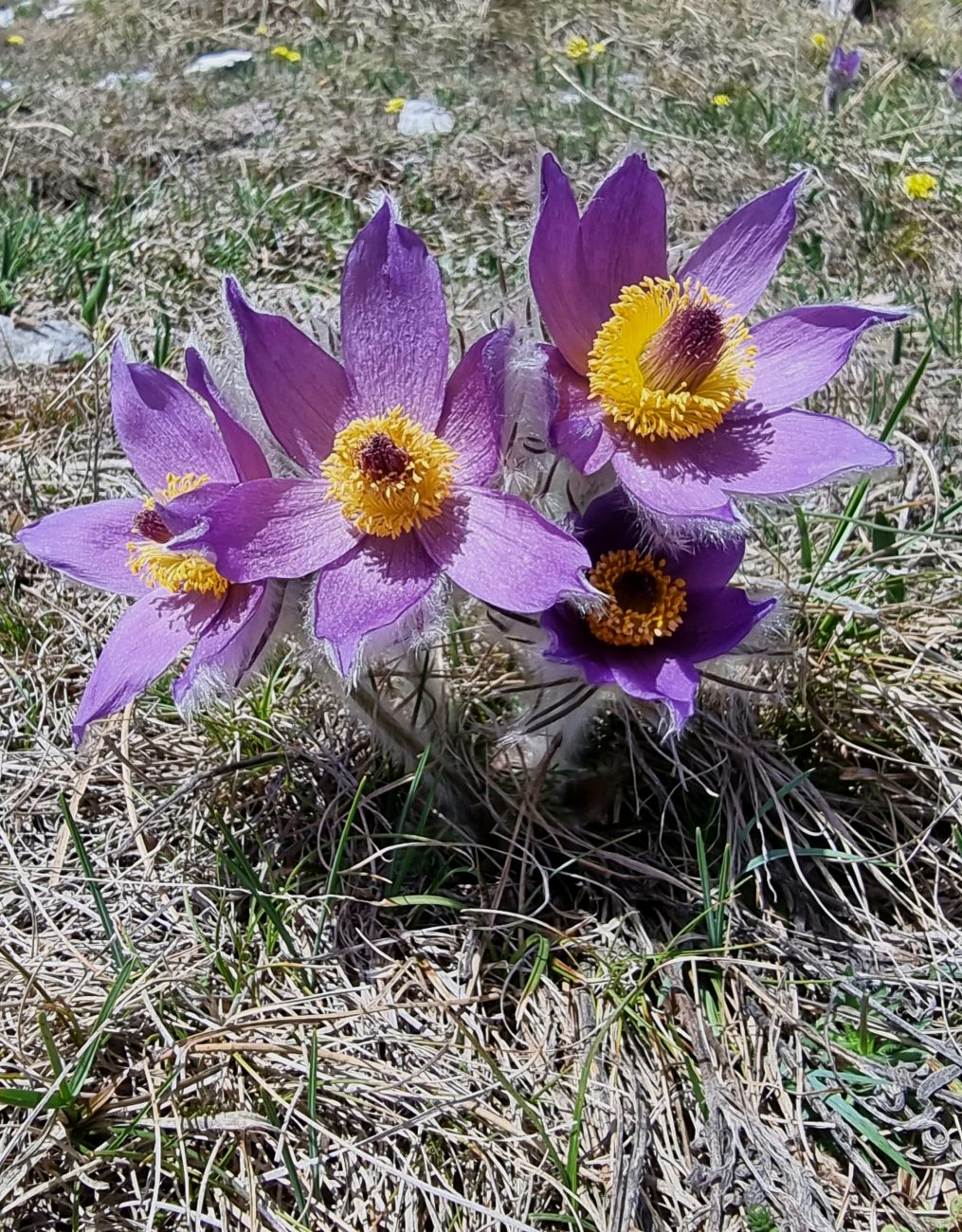
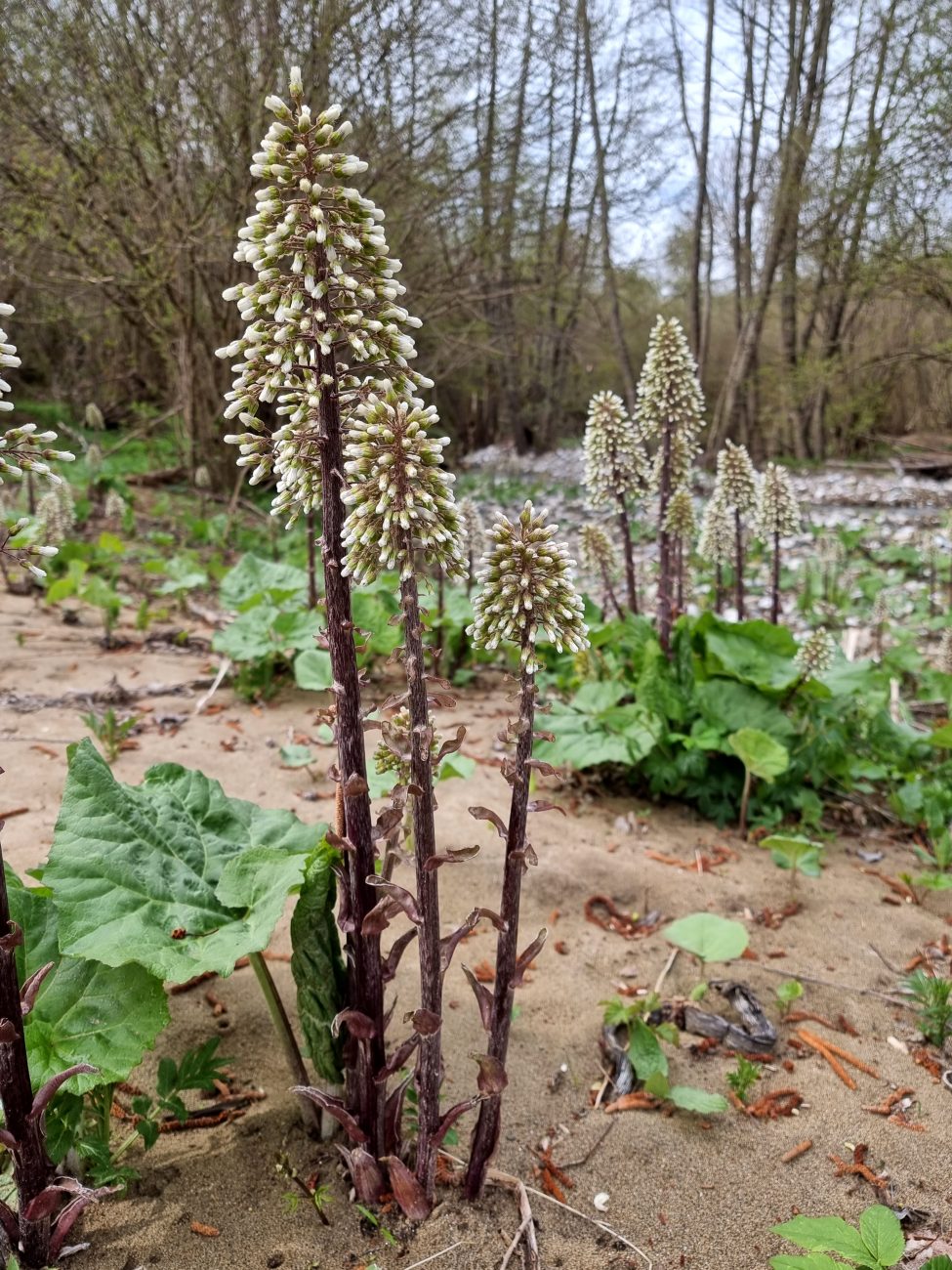
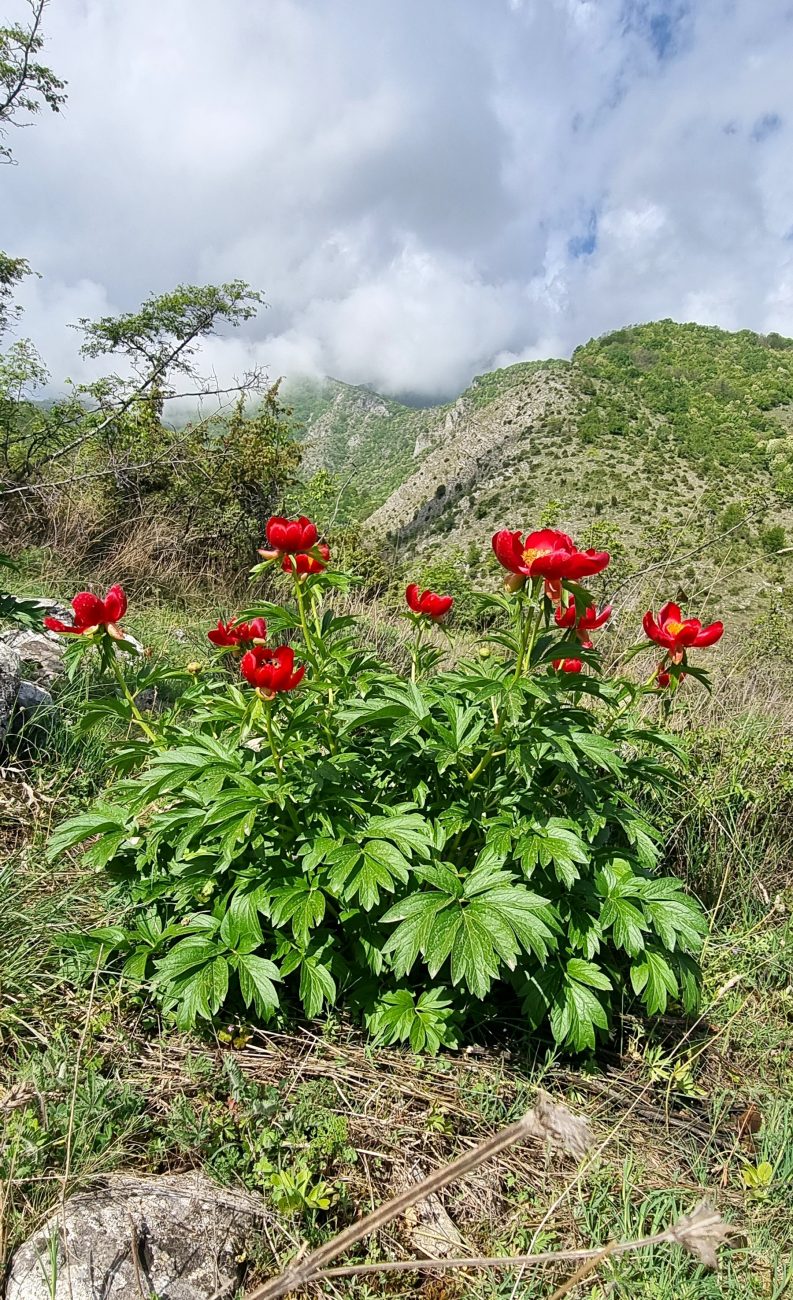
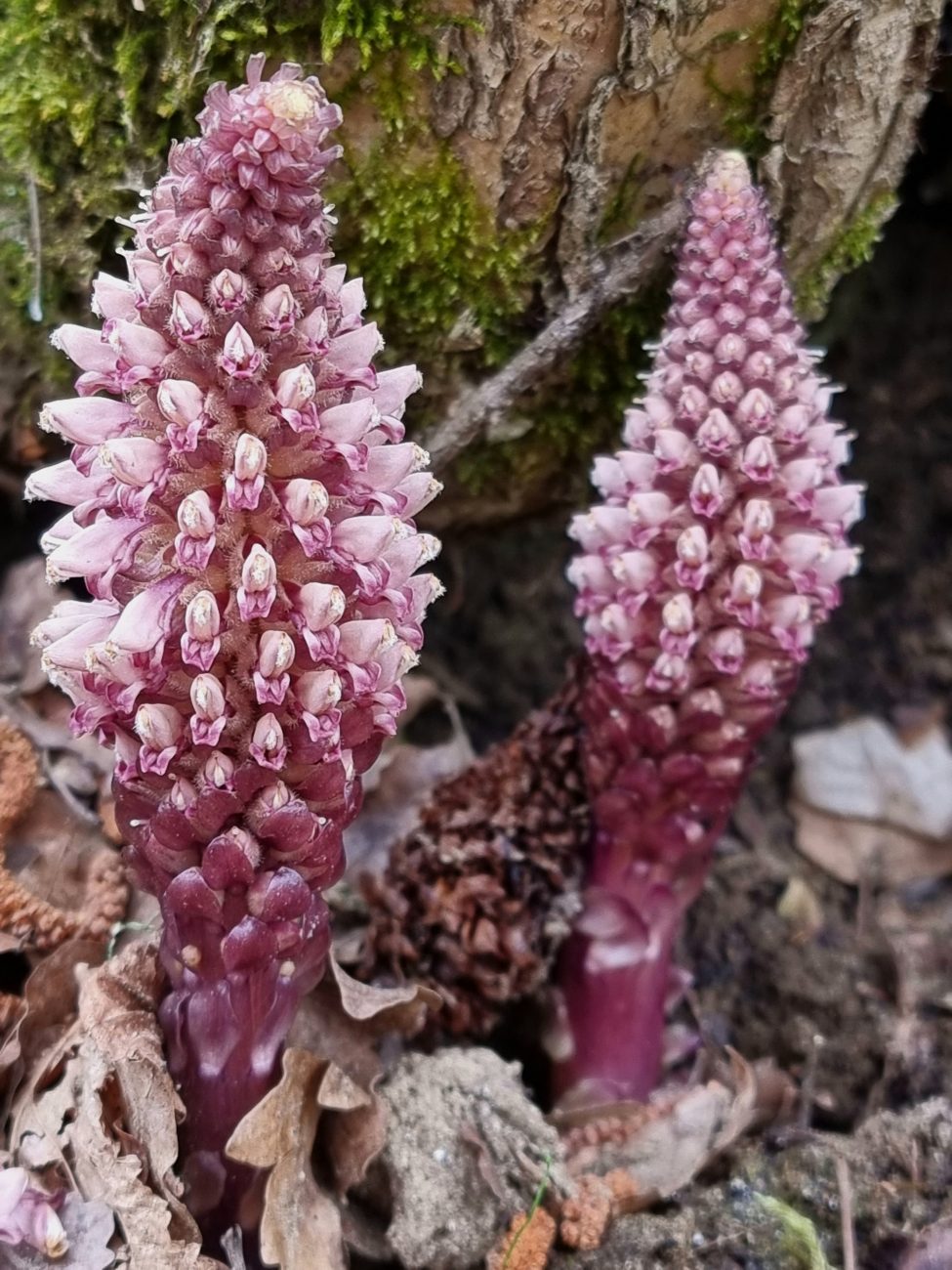
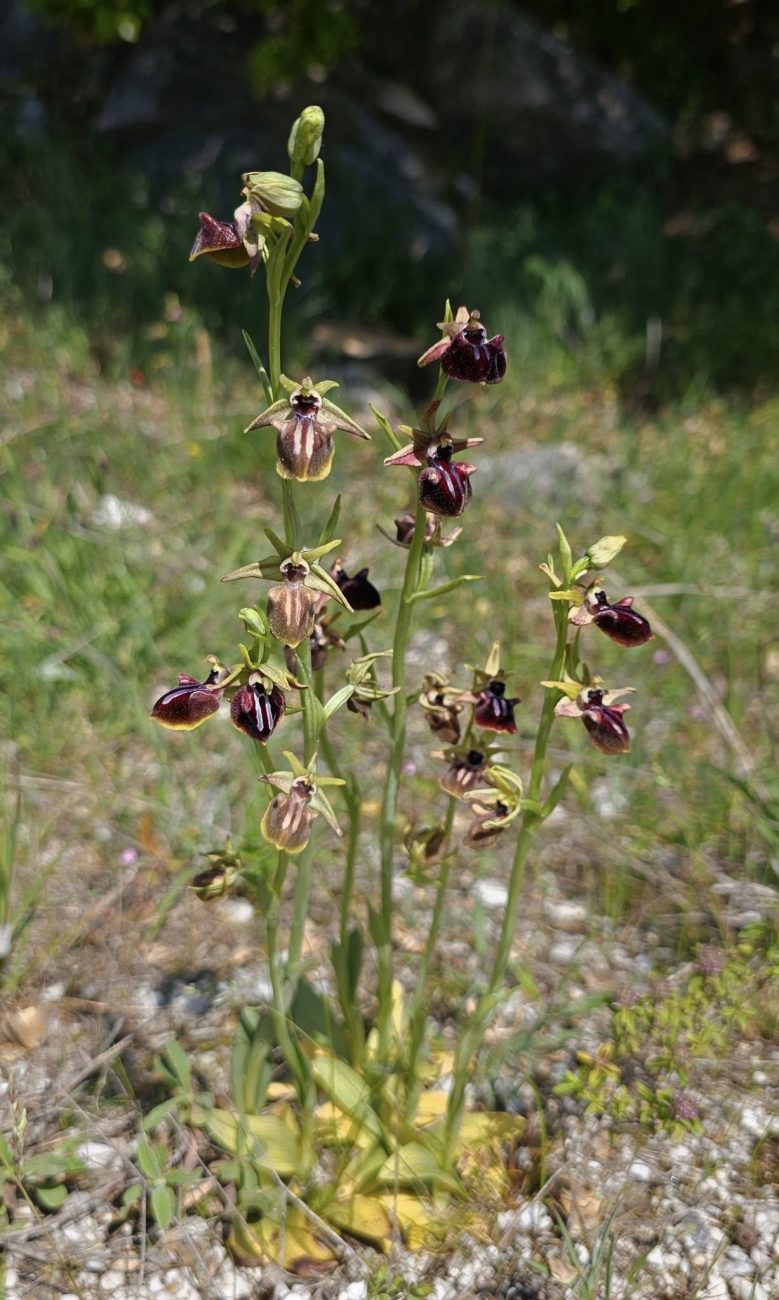
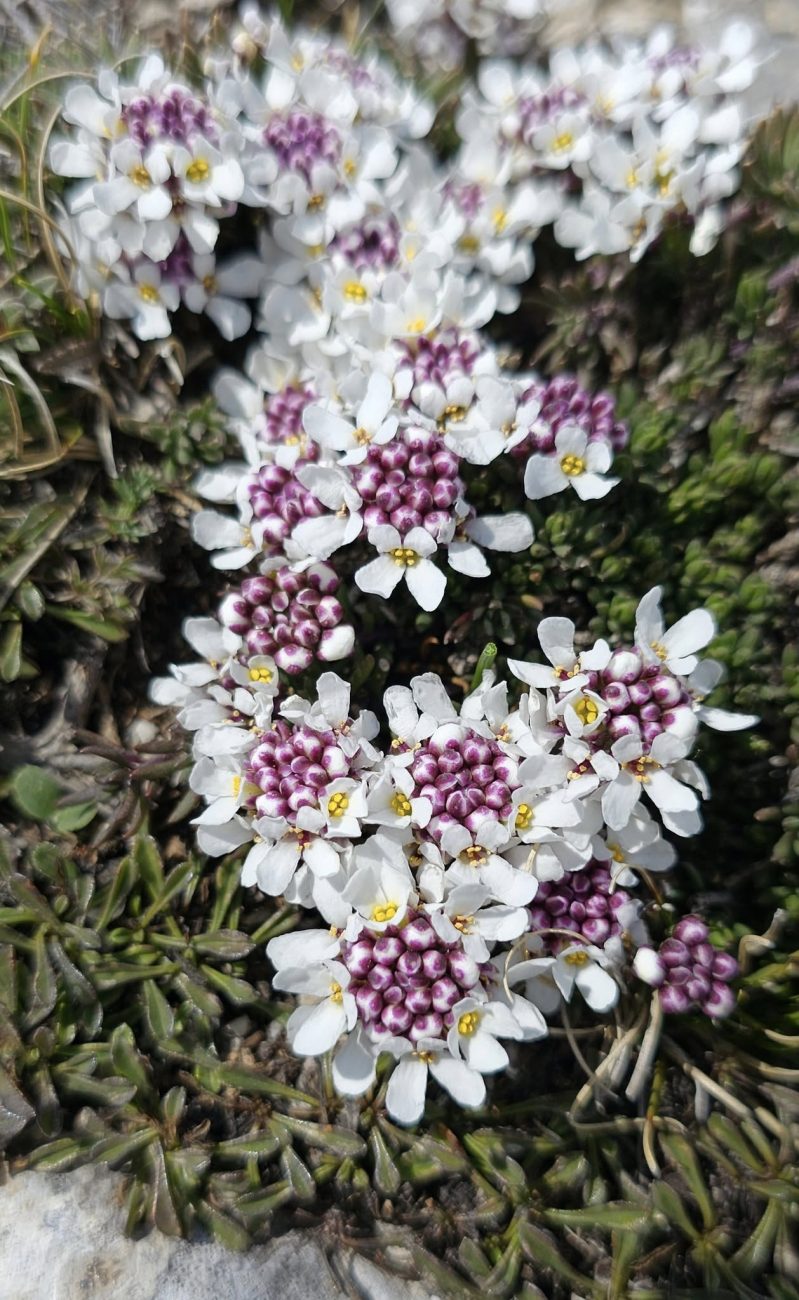
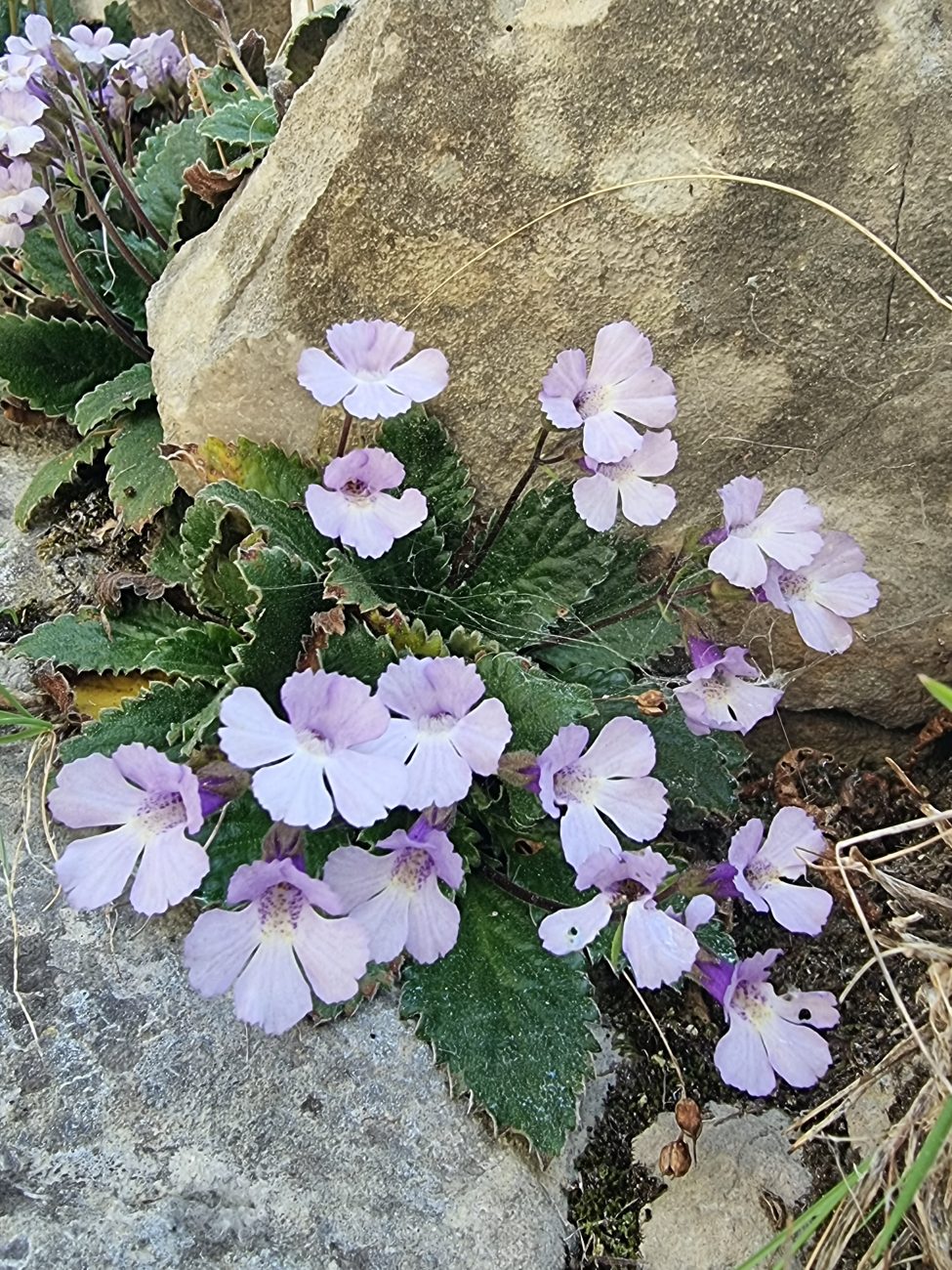
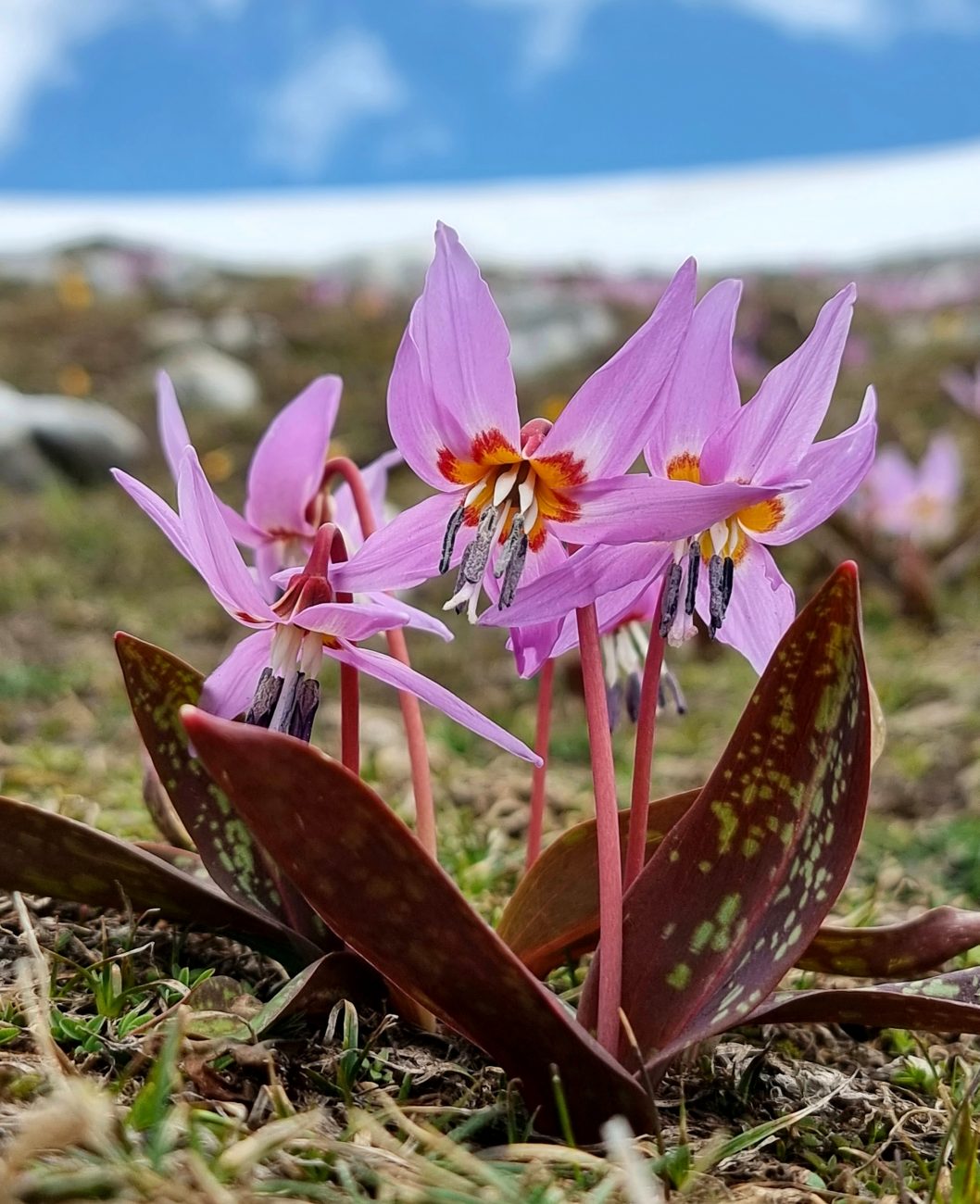
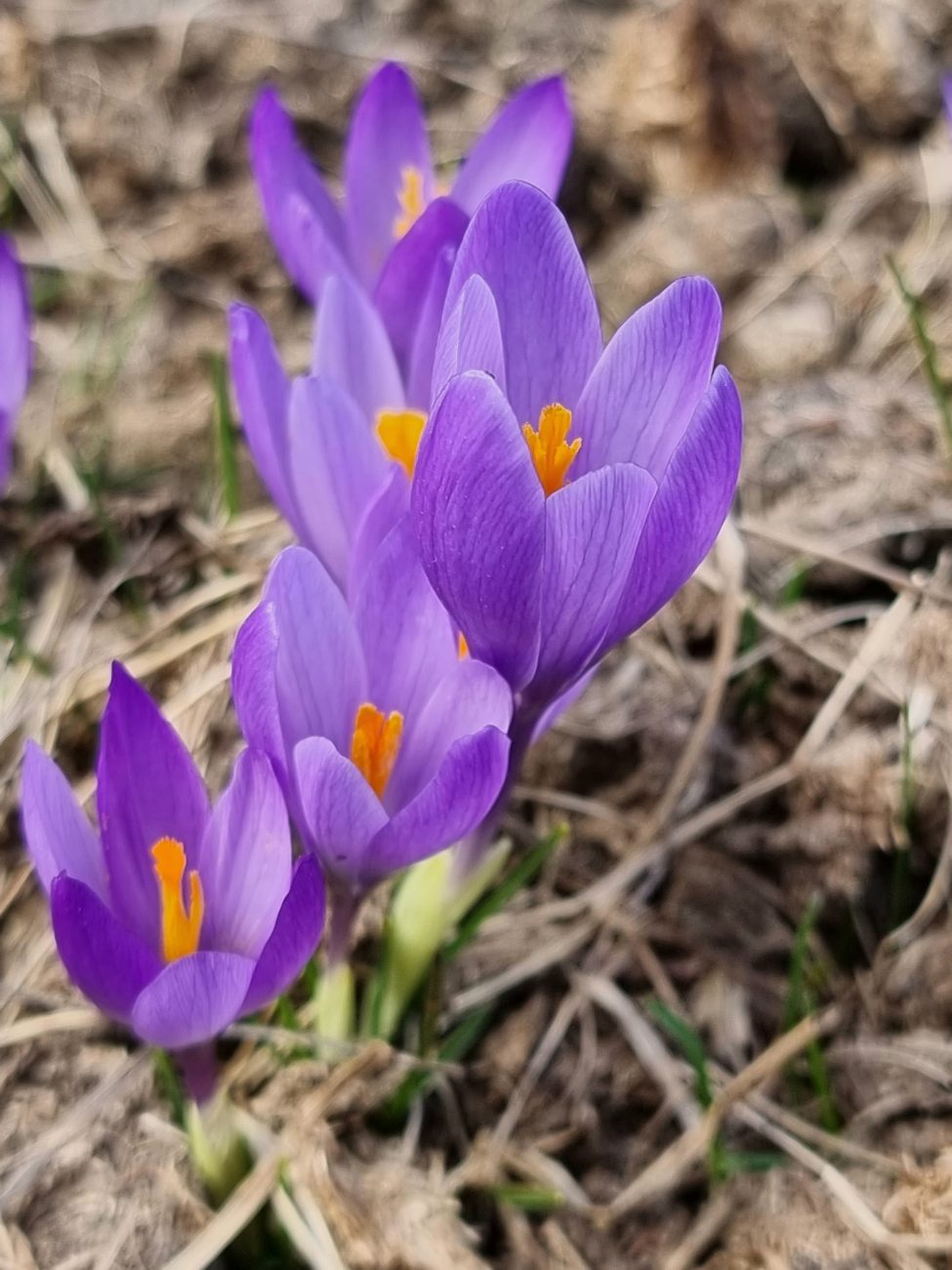

Wild flora of the Greek Rhodope
Thursday 30 April to Thursday 7 May
This tour will focus on wild plants and starts near Thessaloniki. On the first afternoon there will be an optional tour of the sights of the city and its ancient history, but our hotel is by the sea and some may prefer to relax there. We will then head off for a morning at Lake Kerkini (binoculars recommended!), a major migratory bird location with good plants also. The rest of our time will be in in the Greek Rhodope Mountains, first in Drama, where we will visit the River Despatis in a beautiful gorge and then Mount Phalakron, the highest mountain in the Greek Rhodope, then we will go to our second location, Komnina, and there visit the Haidou Forest and the Nestos Gorge. The tour will be guided by specialist Oron Peri. We’ll travel in two minibuses. Maximum 13 members.
ITINERARY
Day 1 Those from the UK will arrive on an early flight and transfer to the Golden Star Resort Hotel, Thessaloniki (www.goldenstarhotel.com) by the beach. After lunch members can rest by the sea, take an organised tour of the sights of the city, or explore independently. Participants will reunite in the early evening for a tour briefing and have dinner overlooking the sea.
Day 2 Drive to Lake Kerkini (about 90 minutes) possibly with stops for plants. The lake is a prime birdwatching site, an artificial reservoir fed by the Strymon River and hosting 227 species of birds, some 76 being on the Red List. It is known for its Dalmatian Pelicans, Flamingos, Cormorants and raptors. Participants can expect interesting plants such as Orchis tridentata, some water based but also in wet meadows and forests. See https://kerkini.gr/xlorida-vlastisi/?lang=en. Lunch will be in a local taverna before going east to Volakas and the Aloni Hotel, www.alonihotel.gr for the next three nights. On the way, we’ll cross coastal plains and poplar-lined rivers, and pass through wide flat basins between steep-sided mountains, their limestone slopes covered in species-rich maquis. As we near the hotel we may stop to admire yellow and purple Iris reichenbachiana and orchids such as Ophrys mammosa. We’ll be welcomed by Maria and Angelos, the Aloni’s owners, before an excellent dinner.
Day 3 In the morning we will head for the River Despatis whose waters are normally a beautiful turquoise but we never know how dry the season may be. The steep-sided gorge has a richly varied wooded flora, part maquis and part oak woodland. Birds and butterflies are plentiful. We can expect to see the delicate Haberlea rhodopensis, Geranium macrorhrizum, bright blue Ajuga genevensis and pink Anemone pavonina together with several Ornithogalum and Muscari. In addition we can look for blue-hued ground beetles, Balkan green lizards and butterflies.
We shall return to the hotel for lunch and then explore a forest, the Rhodope being famous for its forests, some of the most unspoilt in Europe. After lunch we will drive to the ancient chestnuts forest in Micropolis, hoping to see Paeonia peregrina and many other plants. An optional walk of about 2km along a track that the minibuses cannot negotiate will take us to a glade of gigantic trees.
Day 4 Exploration of Mt Phalakron (2232m), the highest mountain in the Greek Rhodope. It is a short drive up through the sparse Pinus nigra forests before we reach alpine turf and large groups of huge-flowered Pulsatilla halleri and many other plants. We can expect tight clumps of Viola perinensis whose lilac and blue heads completely obscure the leaves. The local endemic Saxifraga friderici–augusti loves the marble road cuttings, and there should be a wide range of colourful alpines. Here we may hope for abundant Fritillaria drenowskyi, the little brown and orange bells found in only a few areas on the western slopes of this mountain. A little higher and by the first snows we should find Crocus chrysanthus mixing with blue Scilla biflora, both white and deep pink forms of Corydalis solida subspecies incisilobata. Rarer is the local endemic Crocus orphei, a lovely plant with indigo-streaked undersides to the tepals. Cushions of Draba and Thlaspi species together with lovely saxifrages make this a botanical heaven. Picnic lunch.
Day 5 Leaving the Aloni, the group heads south for about an hour for Mount Pangeon (1956m) close to the coast. Its flora is unusual and rich probably with Viola delphinantha and Ophrys mammosa on the mountain’s lower more Mediterranean slopes alongside other orchids. Further up in a beautiful beech forest we will hope to find thousands of the local endemic Paeonia saueri in flower, also Fritillaria pontica, Symphytum ottomanum, and three species of birthwort. There are orchids at these levels too including provence orchids and sparse-flowered orchid. We will have a picnic lunch and in the late afternoon we’ll transfer to Stavroupoli and the curious castle-style Nemesis Hotel (https://www.hotelnemesis.gr/en/)
Day 6 Today we’ll wind our way up into the higher reaches of the Stavroupolis National Park and into the beautiful Haidou forest with beech, spruce, pine, willow, aspen and silver birch. Delicate yellow Viola demetria grows along verges. This is good raptor country with breeding Booted Eagles and Goshawk. We’ll visit peaty streams flowing down between large granitic rocks where round-leaved sundew grows alongside Anemone nemorosa and Ranunculus serbicus. Picnic lunch. Dinner in hotel.
Day 7 About 40 minutes south of the hotel is Nestos Gorge with many wonderful plants such as the rare Tulipa rhodopaea. Ophrys epirotica and Ophrys mammosa amongst the more familiar tall Asphodeline, and Orchis italica. Egyptian Vultures drift up and down the gorge and there’s a pair of Bonelli’s Eagles resident here. On rocks amongst mastic trees, olives and lovely pink-flowered Judas trees, we’ll find Campanula lingulata, Linaria genistifolia and Streptoramphus tuberosus, as well as tiny Campanula delicatula, little tufts of Polygala supina and four species of broomrape.
We’ll visit a famous viewpoint with a spectacular panorama down through the gorge and out to the Aegean Sea. In the turf we will Fritillaria montana, Lithospermum purpureocaeruleum and the cliffs will display Onosma heterophyllum and fine Iberis carnosula with purplish flat-topped blooms. We will have lunch in a restaurant and return to our hotel for dinner.
Day 8 Departure from Thessaloniki airport.
Fitness Requirements
Most days will only require walking from the vehicles, maybe a total of 1-2 miles. There is one day when we will need to walk up a fairly steep but good track – this can be optional if required.
Cost of tour
£1290 per person sharing a room; single supplement £195, including local transport, accommodation, guiding, meals, tips, water, drinks with meals. Optional extras:
In Thessaloniki sea-facing room: £35 per room (Eight available, first come first served)
City tour on first afternoon. More information to be confirmed.
Booking
A deposit of £200 is required at the time of booking. For more information contact the organiser Andrew Mayo (andrewjmayo@gmail.com).
If you cannot complete every box on the form yet please put “TBC”
Flights
The recommended flight from UK is Easyjet 0625 from Gatwick arriving at 1140. The return flight departs from Thessaloniki at 1220 arriving London Gatwick at 1355.
Bookings Closed
Please note that MPG events are open to members of MPG and its sister organisations only.
If you would like to go on the waiting list please email Andrew Mayo at andrewjmayo@gmail.com.
Bank Transfer
By bank transfer with reference Rhodope
Sort Code 40 40 32
Account 5161 4002
Account name: Mediterranean Plants and Gardens
IBAN GB63 HBUK 4040 3251 6140 02
Euros
For those wishing to pay in euros, payment can be made directly into our euro account. If you wish to pay by this means please contact the treasurer, David Mason, for an exchange rate and payment instructions. If paying from a bank in the euro zone into our euro account, this can be done with minimal bank charges provided you use a SEPA (Single European Payments Area) payment method.

